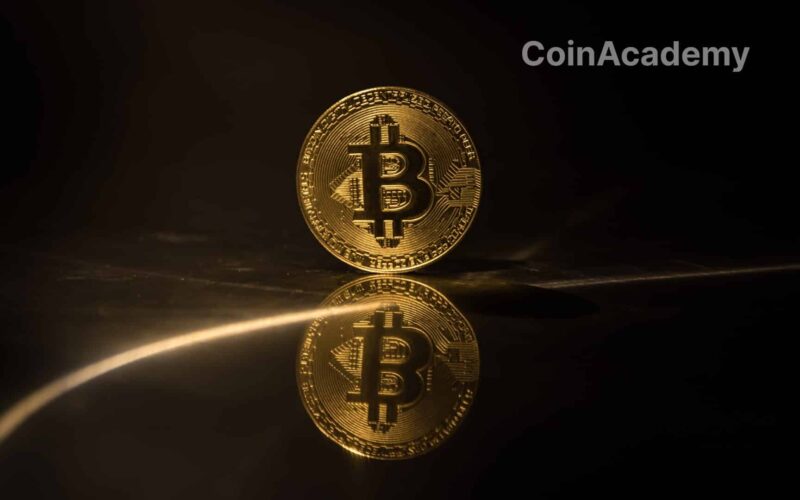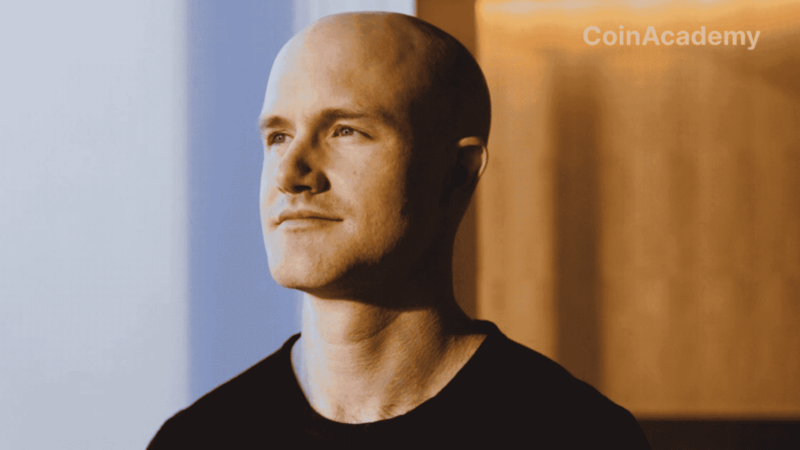Six years after its initial appearance, the Proposal for the Improvement of Bitcoin, BIP-300, resurfaces, sparking passionate debates among Bitcoin enthusiasts and experts. Commonly referred to as Bitcoin’s Drivechains, the proposal envisioned integrating sidechains into the main Bitcoin network, potentially revolutionizing the cryptocurrency’s operability. Paul Sztorc, the pioneer of this proposal and founder of LayerTwo Labs, advocates for the potential of these blockchains to generate alternative currencies by allowing Bitcoin transfers on these platforms. Sztorc firmly argues that the proposal holds ‘enormous potential’ without discernible drawbacks.
Technological advancements and alternative perspectives
The month of August witnessed renewed fervor in the discourse surrounding BIP-300, propelled by the revised code of the proposal from Bitcoin’s core developer, Luke Dashjr. Dashjr sought to integrate this modified code into the Bitcoin codebase, a process that requires a soft fork activated by miners, a mechanism previously seen in the implementation of the Taproot soft fork in November 2021.
This wave of technical developments prompted Maxim Orlovsky, CEO of Pandora, a blockchain expansion solutions company, to proclaim a breakthrough in achieving the goals set by BIP-300 without resorting to a blockchain soft fork. Although details remain scarce, Orlovsky promises an enlightening document detailing the viable alternative, using an oracle to validate the sidechain and reach a consensus on the state reported by the oracle.
A divided response from the industry
Despite the promising prospects outlined by advocates such as Sztorc and educator Dan Held, who sees speculative assets as avenues to introduce new groups into the Bitcoin sphere, the BIP-300 proposal has faced fierce opposition. Critics express concerns about potential increases in scams within the Bitcoin network, with Cory Klippsten, head of Swan Bitcoin, highlighting potential regulatory scrutiny as a consequence.




